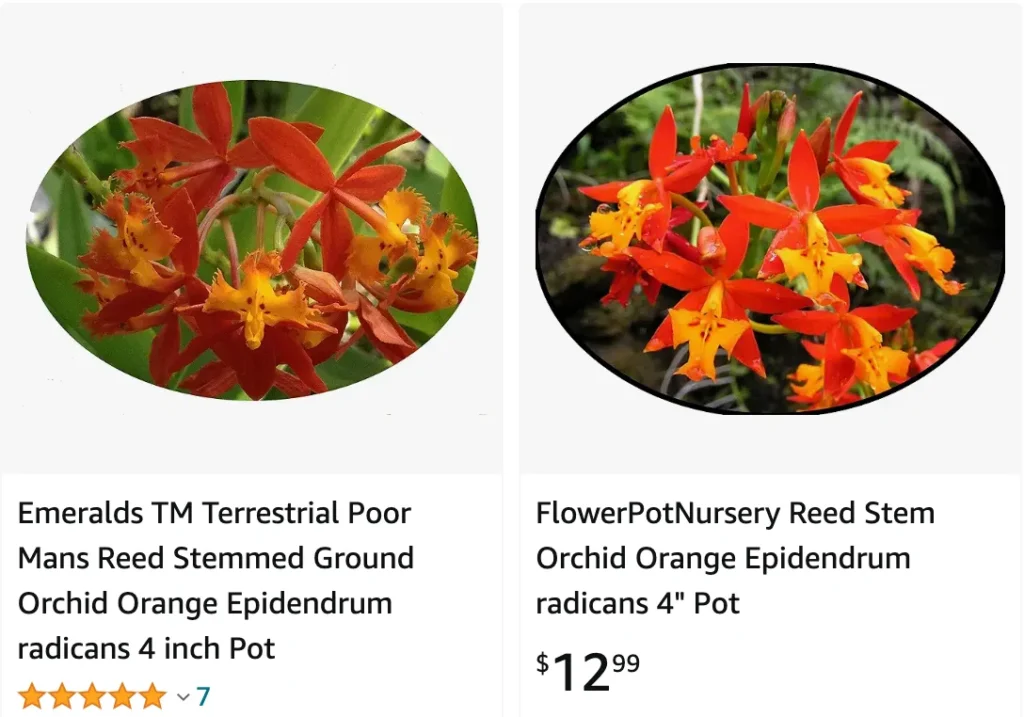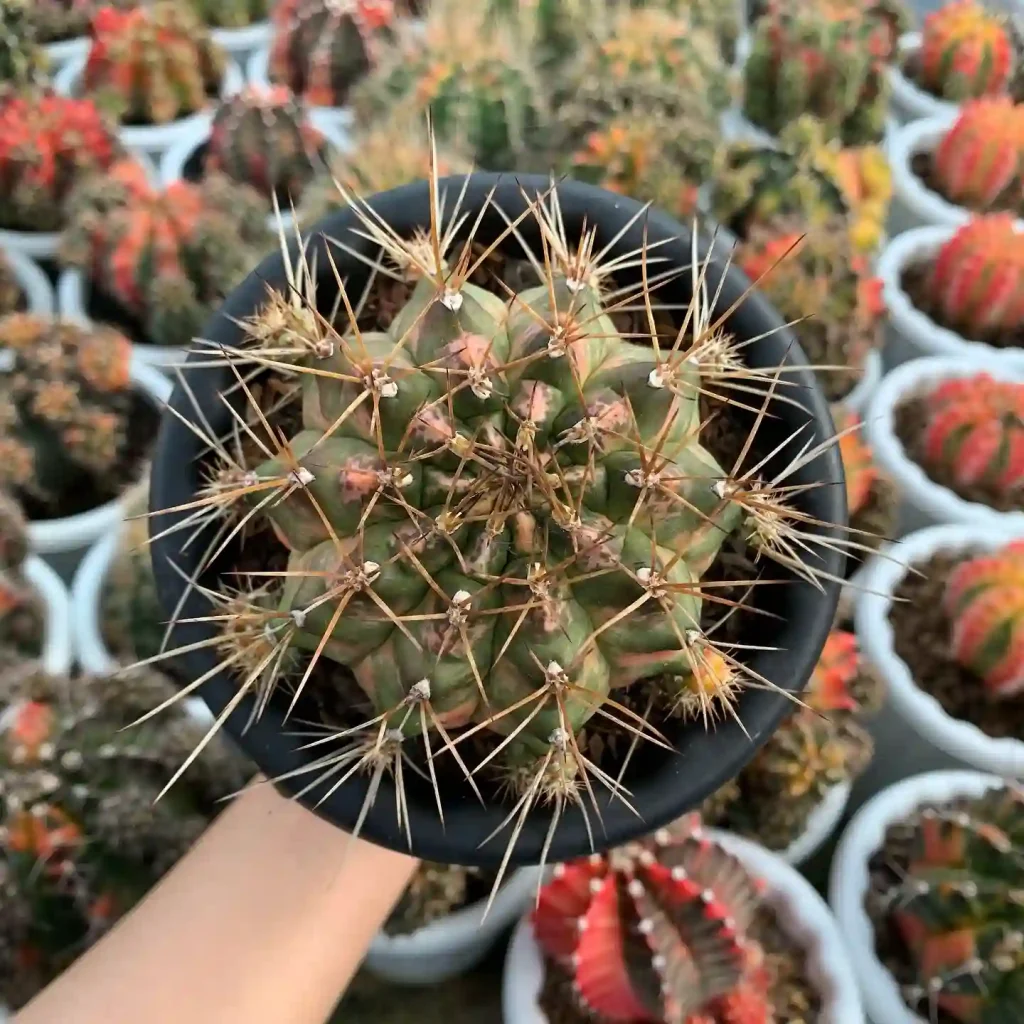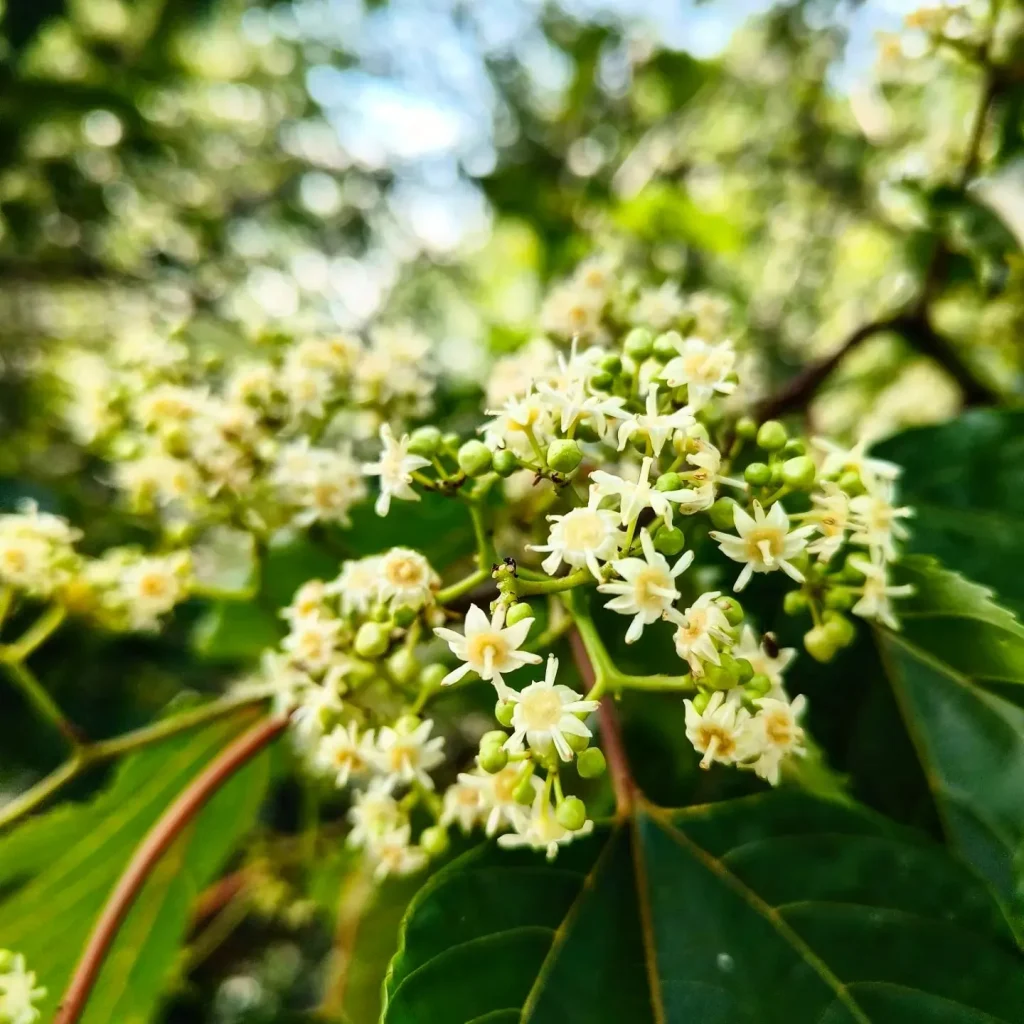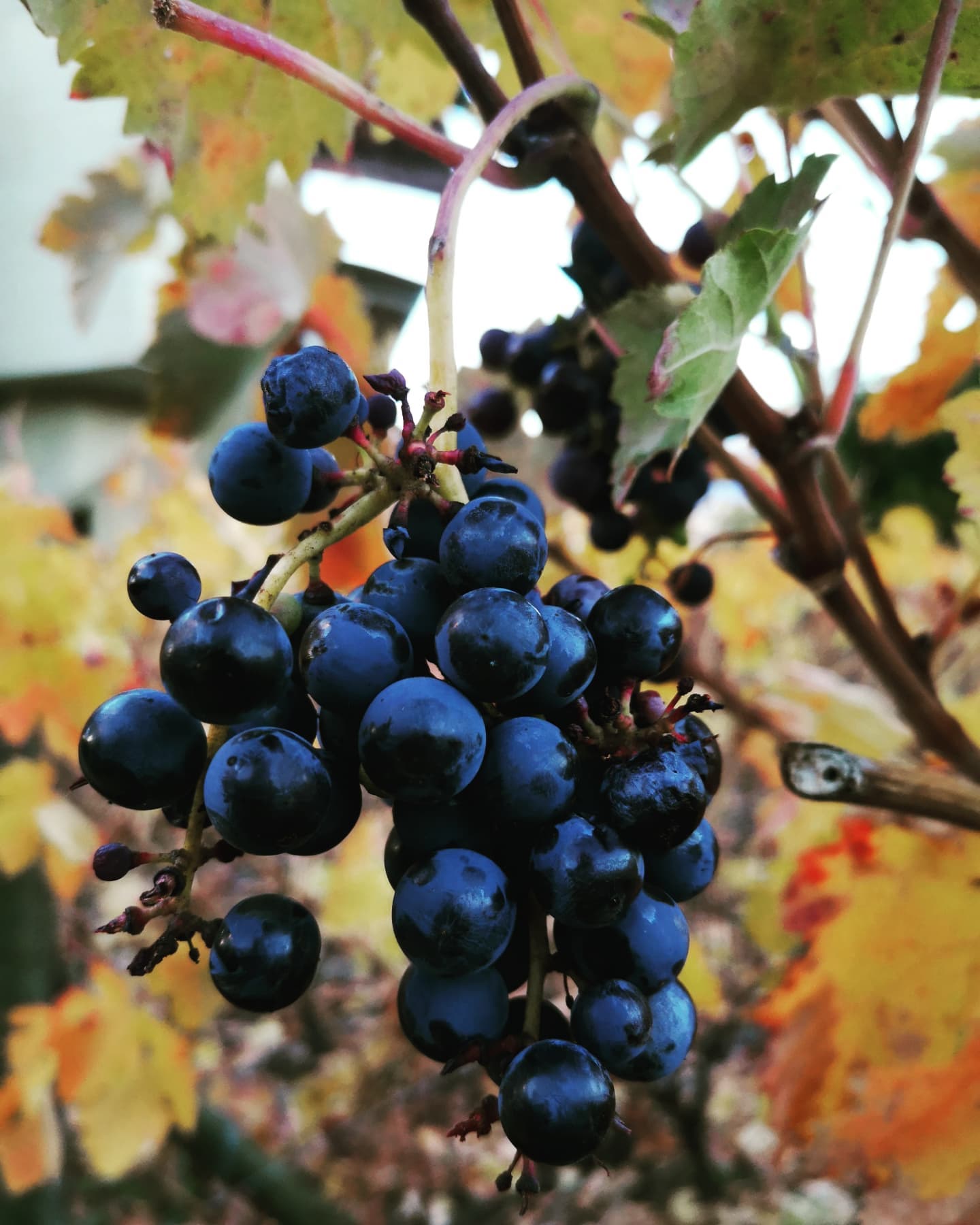
The Fire Star Orchid: My Adventures with Epidendrum Radicans
Epidendrum radicans, also known as the fire star orchid or the reed-stem orchid, has become a constant source of fascination for me. This little orchid, with its vibrant blooms and surprising resilience, has taken center stage in my plant collection. Over the years, I’ve learned a great deal about its care and cultivation, and I’m excited to share my experiences with you.
1890 Species in Genus Epidendrum
How to Grow Epidendrum Radicans?
Growing Epidendrum radicans is surprisingly easy, making it a perfect choice for both novice and experienced orchid enthusiasts. Here’s what you need to know:
Light: Epidendrum radicans thrives in bright, indirect sunlight. South-facing windows are ideal, but consider using sheer curtains to filter harsh afternoon sun. East or west-facing windows can also work well. Avoid placing your orchid in direct sunlight, which can scorch the leaves.
Temperature: These orchids prefer warm temperatures, ideally between 65°F (18°C) and 80°F (27°C) during the day and slightly cooler (around 55°F to 60°F, 13°C to 16°C) at night. Aim for moderate humidity levels, around 50-60%.
Watering: Epidendrum radicans enjoys consistent moisture but doesn’t like to sit in soggy soil. Water deeply when the top inch of potting mix dries out, and allow excess water to drain freely. Avoid letting the roots dry out completely.
Potting Mix: A well-draining orchid mix is crucial. You can use a commercially available orchid mix or create your own using a combination of bark chips, sphagnum moss, and perlite.
Fertilizer: During the growing season (spring and summer), fertilize your Epidendrum radicans once a month with a balanced orchid fertilizer diluted to half strength. Withhold fertilizer during the winter months when the plant is less actively growing.
How and When to Prune Epidendrum Radicans?
Pruning your Epidendrum radicans is not strictly necessary but can be beneficial for maintaining its shape and encouraging new growth. Here’s what to keep in mind:
Pruning Time: The best time to prune is after the flowering period has ended. This allows the plant to focus its energy on new growth rather than flower production.
Pruning Method: Use sharp, sterilized pruners to remove dead, diseased, or leggy stems. You can also trim back overgrown stems to maintain a desired size. Make clean cuts just above a healthy node.
Repotting: If your Epidendrum radicans becomes rootbound or the potting mix decomposes, repot it into a slightly larger container with fresh orchid mix. Repotting is typically done every 2-3 years.
How to Get Epidendrum Radicans to Bloom?
Seeing your Epidendrum radicans burst into bloom is a truly rewarding experience. Here are some tips to encourage flowering:
Light: As mentioned before, bright, indirect sunlight is key. Ensure your orchid receives sufficient light throughout the day.
Temperature: A slight temperature drop at night (around 10°F cooler) can sometimes trigger flowering. However, don’t expose your plant to sudden chills.
Water Stress: While consistent moisture is important, allowing the plant to experience a dry period (once the roots turn slightly silver) before watering again can sometimes stimulate flower production. Don’t extend this dry period for too long, though.
Fertilization: During the growing season, use a fertilizer that is higher in phosphorus, which can promote blooming.
How to Plant Orange Epidendrum Radicans in the Ground?
Epidendrum radicans can be grown outdoors in warmer climates (USDA zones 9b-11). Here’s how to plant your orange Epidendrum radicans directly in the ground:
Location: Choose a sheltered location with well-draining soil and dappled sunlight. Avoid areas with full sun exposure or strong winds.
Soil Preparation: Amend the planting area with organic matter like compost or composted tree bark to improve drainage and provide nutrients.
Planting: Dig a hole slightly larger than the root ball of your orchid. Carefully place the plant in the hole and backfill with the amended soil. Ensure the crown of the plant sits slightly above the soil level.
Mulching: Apply a layer of mulch around the base of the plant to retain moisture and suppress weeds.
Watering: Water regularly, especially during dry periods, to ensure the soil remains consistently moist but not soggy.
Additional Tips:
- Pests and Diseases: Epidendrum radicans is generally resistant to pests and diseases. However, keep an eye for common orchid pests like mealybugs and scale. You can treat these with insecticidal soap or neem oil spray. Fungal diseases can occur with improper watering. Ensure good air circulation and adjust your watering regime if necessary.
- Container Selection: While plastic pots are common for orchids, consider using clay or terracotta pots for better breathability. Ensure your chosen container has drainage holes to prevent waterlogging.
- Enjoying the Blooms: Epidendrum radicans flowers can last for several weeks! To prolong their beauty, avoid placing your orchid in direct sunlight or drafty areas. Deadheading spent flowers can also encourage further blooming.
With a little care and attention, your Epidendrum radicans will thrive and reward you with its vibrant blooms for years to come. So, why not give this remarkable orchid a try and witness its fiery magic for yourself?
If i die, water my plants!



